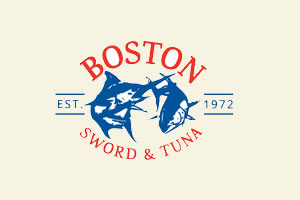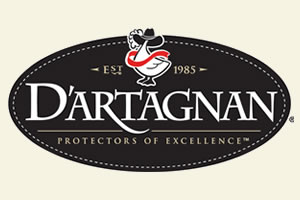
Finfish
Cobia
Cobia is the only species in the family Rachycentridae. Its scientific name is Rachycentron canadum, which is derived from two Greek words: rachis (vertebral column) and kentron (sharp point). This name refers to their 7-9 extremely sharp, retractable, dorsal spines. Cobia occurs worldwide in all tropical and temperate seas, except for the eastern Pacific Ocean.
Cobia migrates south to warmer waters during autumn and winter, then journeys back north when temperatures rise again in the spring. Globally, there is no significant cobia fishery; this is because adults are often solitary or travel with just a few other individuals, frequently in the company of sharks. This makes them a difficult species to target and capture.
Sustainable farming is the solution and provides cobia year-round. Our cobia is farm-raised in open ocean net pens, and grows very quickly, reaching 6-15 lbs. in one year. Their natural spawning season is from April to September. Fertilized eggs are positively buoyant and are easily collected from the surface of the tank. In a few weeks, the larvae are weaned onto successively larger sizes of zooplankton and finally onto dry feed. The fast-growing larvae need to be monitored closely and sorted frequently since the larger fish will eat the smaller ones. The juveniles will have reached 1g in five to six weeks, by which time they are ready to be transported to the nursery site until they reach market size.
Cobia is remarkable for its versatility and holds together so well that it can be grilled, either skewered, or as a steak or fillet. It is mild in flavor and can be used in a wide variety of dishes. After cooking, cobia becomes extremely white and has large succulent flakes of meat. Raw cobia is firm and flavorful yet soft and juicy, comparable to tuna or Chilean Seabass in texture. Cobia is sublime when smoked, using a hot or cold technique.
We bring in bullets and then cut fillets to order; pre-cut fillets are also available.



















